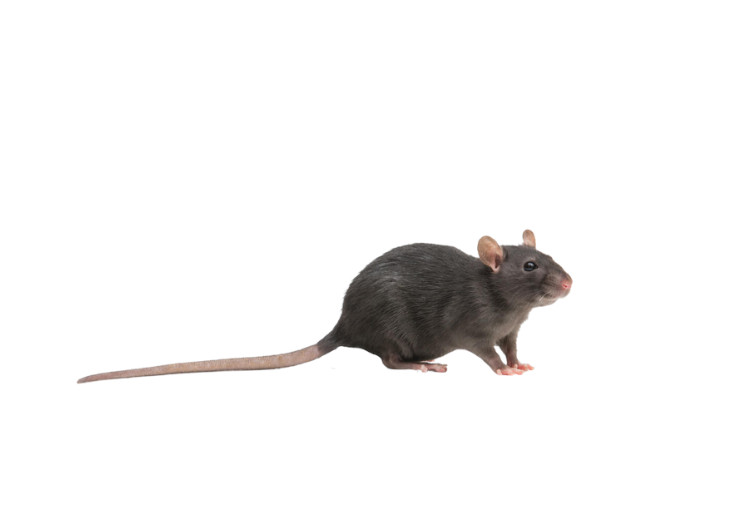Rats and mice are the most common types of rodents that are capable of invading your home. They share some traits that can cause some confusion in their identification. Below are the three most common types of rodents that homeowners will encounter.
The House Mouse
House mice are small rodents that take refuge in our homes in search of food and shelter. They grow to be up to four inches in length including the tail. Mice tails are thin and slightly hairy. They have larger floppy ears for their head size.
They will seek out enclosed nesting sites throughout your home and settle near food sources. Such as the garage, kitchen or pantry areas.
Mice will typically forage within 25ft of their nest. So if you happen to spot mice activity the nest is likely nearby.
When checking your home for nests look for piles of soft material, like paper, plastic, hair, fabric, and insulation.
Mice eat and defecate indiscriminately so you will find their droppings wherever they have been. Mouse droppings tend to be the size of grains of rice, and are no longer than ¼ of an inch. A single mouse will produce between 50-100 droppings per day, so you will find them in large quantities.
Norway Rats
Norway rats prefer to live outdoors but will forage for food indoors if they can find access. They will grow to about 18 inches in length including the tail. Their tails are significantly thicker than a mouse’s tail and they have a scaly appearance.
Rats also have notably smaller ears in proportion to their head size when compared to mouse ears.
Norway rats will dig burrows underground along with foundations or beneath shrubbery. During fall and winter, they will seek refuge in basements and will forage for food indoors.
Rat droppings are significantly larger than mouse droppings, with Norway rat droppings getting as big as ¾ of an inch with blunt ends.
Though larger in size, rat droppings will be found in smaller quantities as each rat will produce around 50 droppings per day.
Roof Rats
Roof rats prefer the safety of higher elevations like in trees or attics.
They grow to be up to 16 inches in length including the tail, so they are smaller than Norway Rats.
They are similar to Norway rats in the fact that their tails are thicker and scaly and their ears are proportionately smaller for their head size when compared to mouse ears.
Roof rats utilize high elevation structures like pipes, rain gutters, and fence rails to move around and avoid predators. Unlike Norway rats roof rats build nests in tree lines, attics and in other high elevation structures.
Roof rats will typically horde food and keep stashes of nuts and seeds in their nests.
Roof rats leave droppings as big as 1/2 an inch in size with pointed ends. Like Norway rats, they will leave droppings in smaller quantities as a single rat will produce up to 50 droppings per day.
Your Next Step
Once you have identified the type of rodent that has invaded your home your next step should be to contact a professional pest control professional who is well trained to safely and effectively deal with them. It is important to note that all rodents carry extra-parasites and harbour viruses such as murine typhus. Thus you should avoid coming into contact with them or their droppings without taking the necessary precautions.


